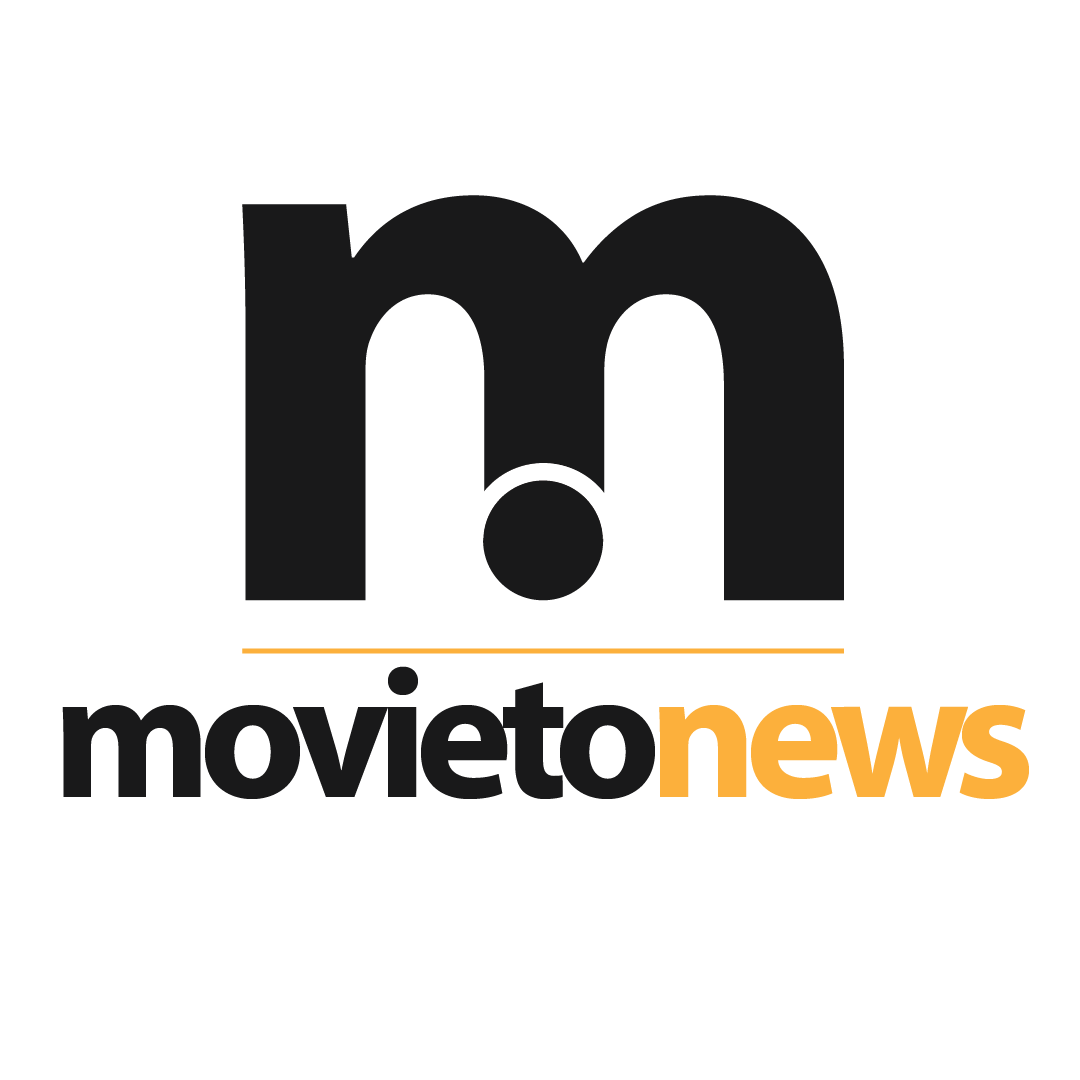In Lima, compliance and oversight aren’t just regulatory checkboxes; they are essential for maintaining organizational integrity in a complex landscape. Many don’t realize how deeply intertwined government entities and private stakeholders are in this process. As you explore the mechanisms that drive transparency and accountability, consider how effective resource management can transform compliance strategies. What challenges do organizations face in aligning with community values while navigating these regulations?
Regulatory Frameworks in Lima
Understanding the regulatory frameworks in Lima is crucial if you want to navigate the complexities of compliance and oversight effectively.
You’ll face various regulatory challenges that can hinder your operations. However, recognizing compliance incentives can empower you to leverage opportunities within these frameworks.
Importance of Effective Monitoring
Effective monitoring is a linchpin in ensuring compliance and oversight in Lima’s regulatory environment.
By actively assessing data integrity, you can identify potential risks and implement necessary adjustments. This proactive approach not only safeguards against non-compliance but also enhances operational efficiency.
Engaging in regular risk assessments empowers you to adapt swiftly to changes, ensuring that your organization maintains its freedom and integrity.
Stakeholders in Compliance and Oversight
While navigating the complexities of compliance and oversight in Lima, it’s crucial to recognize the diverse stakeholders involved in this process.
Engaging these stakeholders effectively can mitigate compliance challenges. You’ll find that government entities, private organizations, and community groups each play pivotal roles.
Their collaboration fosters transparency and accountability, ensuring that compliance measures align with the community’s values and promotes a culture of integrity.
Leveraging Resources for Compliance Strategies
The collaboration among stakeholders sets the foundation for leveraging resources in compliance strategies.
By focusing on efficient resource allocation, you can optimize compliance training programs that empower your team. This targeted approach not only enhances understanding but also fosters a culture of accountability.
Ultimately, effective resource management ensures that compliance strategies align with your organization’s goals, promoting freedom within a structured framework.
Conclusion
In Lima, effective compliance and oversight act like a well-tuned orchestra, where each stakeholder plays a vital role in creating harmony within the regulatory framework. By actively engaging in continuous monitoring and leveraging available resources, you can navigate challenges and enhance operational integrity. Remember, aligning your strategies with community values isn’t just a requirement—it’s an opportunity to build trust and foster transparency. Embrace these principles, and you’ll not only comply but thrive in a complex regulatory landscape.
